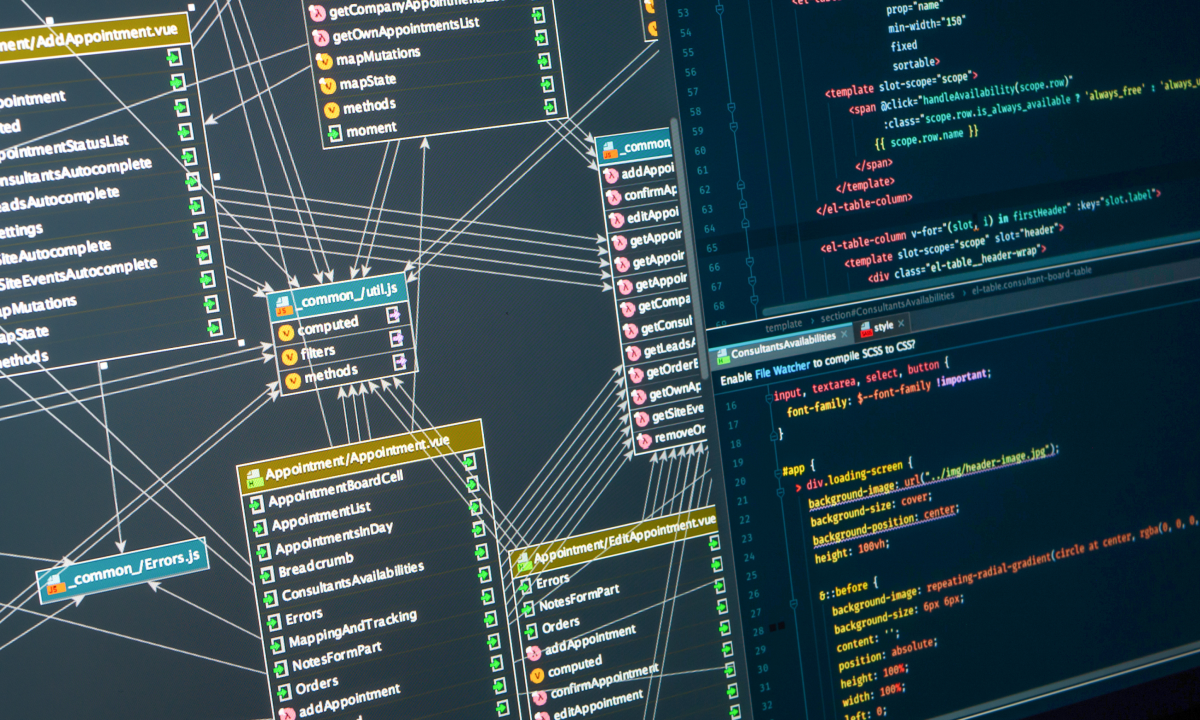Unlocking Creativity and Consistency: The Power of Design Systems

In today's fast-paced digital landscape, creating a seamless and visually cohesive user experience is paramount. Yet, as we strive for innovation and scale, achieving this consistency can become a significant challenge.
That's where design systems come into play – a powerful solution that enhances creativity, streamlines collaboration, and boosts efficiency across design and development teams.
Understanding the Pain Points
Let's start with a common scenario to set the stage.

Meet Tim. Tim is attempting to complete his tax return, a task he'd rather avoid. He's forced to navigate a complex maze of web pages and applications, facing inconsistent design, confusing questions, and a general lack of clarity.
Tim's experience is an extreme example, but it illustrates what can go wrong when design and development teams don't have the tools they need to create cohesive, user-friendly products.
Tim's ordeal underscores a few key problems:
- High Innovation Effort: Tim's experience reflects a lack of innovation, where teams struggle to explore new ideas because they're bogged down by repetitive tasks.
- Inconsistent Branding: The various web pages and applications Tim encounters exhibit inconsistent branding, making him question whether he's in the right place.
- Poor Communication: The disjointed experience results from the disconnect between designers and developers who should ideally work closely together.
- User Confusion: Tim's inability to understand and answer questions on the tax form highlights the importance of user-friendly interfaces.
If your team is facing any of these challenges, a design system might be the solution you need.
What Is a Design System?
A design system is not merely a style guide or a component library; it's a comprehensive framework that encompasses interaction and visual design, engineering, brand design, content, and more. It provides clear guidelines on how and why to use these elements, fostering a shared language and ensuring consistency across all products.
While Design Systems have become well known as public access resources run by tech companies such as Google, they are now common, with 66% of companies in 2021 reporting they use a Design System. The reason is simple: they enable teams to create better digital products and hugely improve customer experience.
Ellie Brassé - Lead User Experience Designer

Image: A variety of well known Design Systems (also called GELs) by publicly owned companies and organisation. From top left: Google’s Material Design, BBC GEL, Goldman Sachs Design System, US government Web Design System.
The Value of a Design System
Now that we understand what a design system is, let's explore its value:
- Better Products: Design systems enable teams to focus on creating user-friendly products that boost trust through visual consistency.
- Improved Communication: A shared design system facilitates better communication between teams, ensuring a seamless exchange of ideas and assets.
- Increased Efficiency: Design systems lead to significant efficiency gains for both designers and developers, resulting in better quality outcomes and higher talent retention.
Stats That Speak Volumes
If you're still not convinced, consider these statistics:
- Access to a design system leads to a 34% faster completion of objectives (Figma, 2019).
- Design teams see an average 38% increase in efficiency (Klüver, Slack, Ray).
- Development teams benefit from a 31% average increase in efficiency (Sparkbox, Klüver).
In terms of return on investment (ROI), Smashing Magazine found that design systems can save up to 37% of development time and reduce tech-related costs by 30-35%. This translates into an estimated $871,400 net gain with a 135% ROI for both design and development.
These statistics emphasise the substantial impact a design system can have on your team's productivity and the quality of your products.
The Benefits of Design Systems
Design systems offer many benefits:
- More Consistency for Better UX: A well-crafted design system guarantees brand consistency and an enhanced user experience.
- Easier Iterative Improvement: Changes made in a design system propagate across all product design files, saving time and resources.
- Better Solutions for Unique Use Cases: Design systems facilitate the sharing of vision, principles, and research work, leading to better solutions.
- Better Scalability: They centralise design and UI decisions, ensuring consistency as your team grows and the complexity of your products increases.
- Easier Knowledge Sharing: With a design system, all changes and decisions are documented and accessible to team members, simplifying onboarding.
- More Communication Between Teams: A design system encourages team members to contribute, leading to unexpected positive results and improved collaboration.
How to Create a Design System
The process of creating a design system involves several key steps:
STEP 1: Collect Existing Assets
Gather brand guidelines, design assets, UI and UX kits, research data, and documentation.
STEP 2: Create an Online Repository
Establish an accessible online location where your design system will reside, with easy-to-use tools for collaboration.
STEP 3: Communicate and Encourage Use
Ensure all team members are aware of the design system and encourage ongoing documentation of changes.

Image: The 3 steps of creating a Design System – Collating design assets and information, creating an online repository, communicating to the wider team. Happier, more collaborative teams are the result.
In conclusion
Design systems are a must-have for any modern design team. They provide a range of benefits that improve consistency, increase efficiency, foster collaboration, and enhance accessibility.
If you're looking to streamline your design process, a design system is a powerful tool that can transform your team's productivity and the quality of your products. Start your journey towards enhanced creativity and consistency with a well-implemented design system today.





